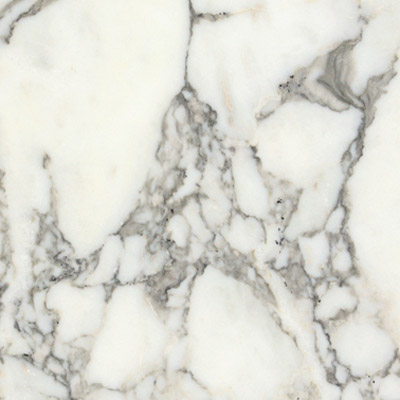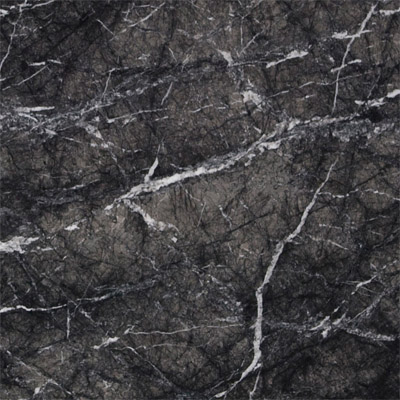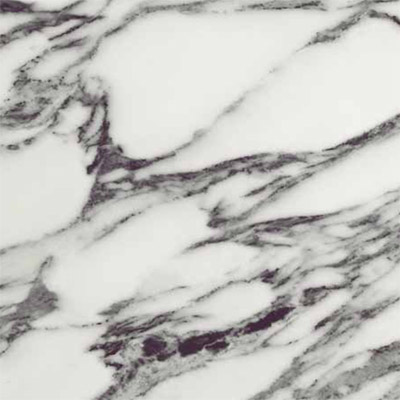Faq
- What does ”natural stone” mean?
Natural stones were the first material used from the mankind for its own fabrications.
They are rocks which can be encountered all over the world, and that are processed without modifying their own features of solidity, robustness and durability.
- What’s the difference between marble, granite and onyx?
Marble is a metamorphic rock, while granite has volcanic origins, normally made up by quartz, feldspar, mica and other minerals. Its structure is a lot more compact than the marble one, being it more robust and hard. Onyx is instead a calcareous stone, characterized by different colours and structures and by a translucent effect, that gives it a multicolour and very decorative appearance.
- Which are the marbles quarried in Carrara?
The marbles quarried in this wide area have various shades of colours, ranging from the pure white to the deep grey. The stones coming from Carrara have been the first ones to be known and processed at industrial scale. Among them, White Carrara, White Carrara Gioia, White Carrara Venato, White Carrara Venatino, Bianco P, Acquabianca, Bardiglio Nuvolato, Bardiglio Imperiale, Grigio Versilia, Grigio Trambiserra, Bardiglio Trambiserra (Deep Blue), Calacatta Carrara, Calacatta Bettogli, Calacatta Vagli, Arabescato Vagli, Arabescato Corchia, Arabescato Cervaiole, Arabescato Arni, Statuario, Statuario Venato, Statuarietto, Cipollino Apuano, Cremo Tirreno.
- Is it possible to change names to natural stones?
Yes, unfortunately, very often stones have different names from the original ones. The bad habit to manipulate names is employed firstly to make it difficult finding the right stone and secondly to protect its origin.
- What’s the difference between slab, standard tile and cut to size?
A slab is a semi-processed product. To use it as a finished product in a project, it has to be cut to size. A standard tile is cut as per standard sizes. The most common ones are 30×60cm, 40×40cm and 60×60cm. A cut to size, on the contrary, doesn’t have standard sizes, as they vary from project to project.
- Which finished products can be produced with natural stones?
Since ancient times, natural stones have been used for superb piece of work, from the Egyptian Pyramids to the most famous sculptures till the modern skyscrapers. It’s a matter to find the suitable stone for the projects, being it a simple countertop, a kitchen island, a shower wall, a vanity, a cladding, a flooring, a medallion, a fireplace, a sink, skirting, till more intricate backlit installations.
- Who deals with the laying of your products?
For the laying of our products, we rely on artisans and specialized Companies who guarantee professionalism, compliance with laws and safety.
- Is it possible to re-polish the marble after laying?
A marble flooring is timeless, because even many years after the laying, if it has scratches, small cracks or has lost the initial polishing, it can be re-polished. This treatment will make the flooring as new, as it was when first laid. This treatment can be repeated over time.
- Can i surf your stock online?
Our online stock is always updated. It can be surfed through this link: www.stonest.net/en/magazzino/lastre. You can have access to the list of slabs in stock in our warehouse, located in Massa-Carrara.
- Do you sell to private clients, too, or only specialized companies?
We can sell to private clients, too, who are building or renovating their own villa, house or office. We cooperate with architects and designers to study the feasibility of their projects. We directly cooperate with construction companies, too.
- What is marble?
Marble is a metamorphic rock, where calcium carbonate is predominant.
Since ancient times, it has been used for its low levels of porosity and high suitability of being polished.
- What does “marbles from Carrara” mean?
When we talk about marbles from Carrara, we mean a lot wider geographical area than Carrara town. The Apuan-Versilian marble basin includes quarries located in various cities, like Massa, Camaiore, Pietrasanta, Seravezza, Stazzema, Vagli, Gorfigliano, Equi, Gramolazzo. This basin is the widest marble basin known.
- Do you have only the marbles coming from Carrara?
Stonest deals with marbles coming from quarries located all over the world, from Turkey to Portugal, from Spain to Brazil, from France to Greece and Iran. Our portfolio includes white and coloured marbles, ranging from black to red, from green to blue, from yellow to beige, along with travertines and quartzites…
We put great attention when looking for innovative and on fashion stones, as well as offering traditional and timeless materials, answering all specific requirements and offering appropriate solutions.
- In which thicknesses are natural stones produced?
The most common thickness for natural stones is 2cm. Some large-scale productions are specialized in standard formats 1cm thickness. In theory, there is no limits to the production of natural stones in any thickness. For very thin thicknesses, it’s necessary to reinforce their structure with other supports, like tempered glass or honeycomb.
- What are the possible formats in which natural stones can be produced?
With the appropriate thickness, also big formats can be produced. Two relevant elements should be taken into account: the weight, that is very important. Marble has a weight of kg 27/m² for 1cm th.. To make an example, a Bianco Carrara tile 100×100cm would have a weight of kg 27, if being 1cm th., kg 54 if being 2cm th., kg 81 if being 3cm th..
The second element would be the fragility of the big formats: moving a marble slab could be compared to moving glass. Both products have a certain flexibility, but, when reaching the breaking point, they will be damaged beyond repair.
- All natural stones can be backlit?
Not all natural stones can be backlit, but modern technology offers us the chance to backlight the majority of marbles, not only the onyxes. Onyxes are characterized by a natural translucence, for which backlight would be easier. The challenge is reducing the thickness of coloured marbles to the least possible till letting the light pass through it.
- What is meant by making treatments and maintenance on natural stones?
Making treatments on natural stones means protecting them from atmospheric agents or domestic ones, alternatively means enhancing their natural features through specific chemical products. The maintenance let the stones keep their own natural features and protects them from atmospheric agents.
- Do you have a price list?
We decided not to have a standard price list. Blocks cost can vary over time, based on various elements, like quality of the material, sizes, availability and quantity. We prefer to give precise indications, based on specific requests.
- Do you have a minimum quantity order?
We don’t have a minimum quantity order. We accept orders even of a single item or slab.
- Can you organize transportation also?
We usually don’t deal with transportation but, for specific orders and destinations, we can coordinate with reliable transportation companies to offer you this service, too.



